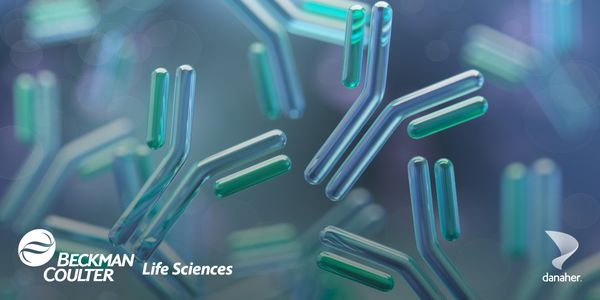Deep mutational scanning to measure the impact of mutations in proteins on the molecular and organismal level
-
Douglas M Fowler, PhD
Principal Investigator, Department of Genome Sciences, University of WashingtonBIOGRAPHY
Deep mutational scanning is a method that marries selection for protein function amongst a large library of protein variants with high-throughput DNA sequencing to measure the activity of hundreds of thousands of variants simultaneously. The result is a sequence-function map that describes the impact of all possible single and many double mutants on protein function. We have shown that sequence-function maps have many uses. For example, we are analyzing them to learn about protein properties like structure, aggregation, stability and enzyme mechanism; to guide the interpretation of coding variants in genomes; and to better understand protein evolution. 1. Describe progress in computational and experimental methods for interpreting the consequences of variation in genomes. 2. Evaluate the strengths and weaknesses of different approaches for interpreting variation.
Deep mutational scanning to measure the impact of mutations in proteins on the molecular and organismal level
Please update your information
Certificate of Participation
DOWNLOAD CERTIFICATE






